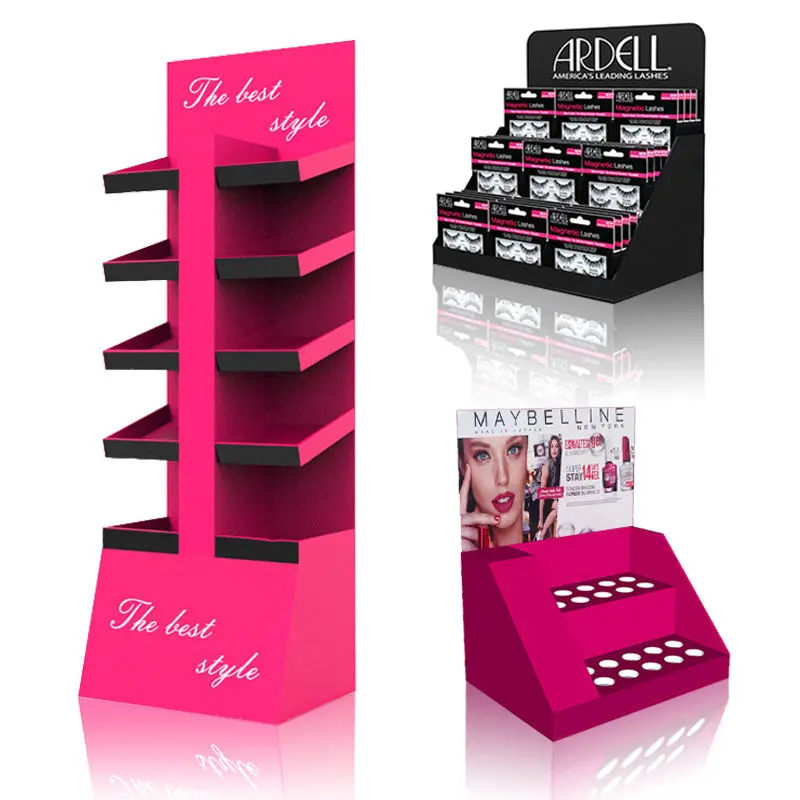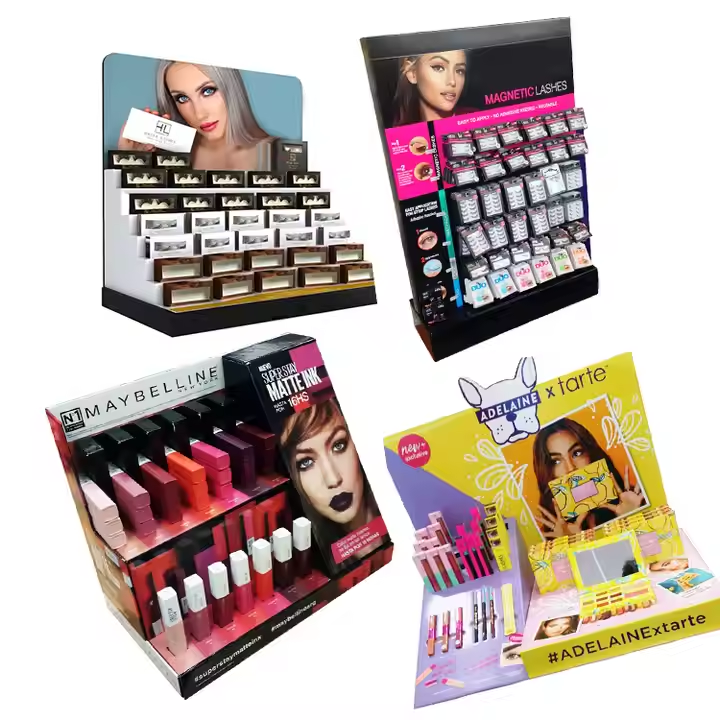Struggling to make your products stand out in crowded stores? Your displays might be getting lost in the noise, costing you sales. You can fix this by studying successful campaigns.
Successful cardboard display campaigns teach a clear lesson. They combine smart design, strategic store placement, simple messaging, and a solid structure. These elements work together to grab shopper attention, show the product's value, and trigger impulse buys right at the point of sale.
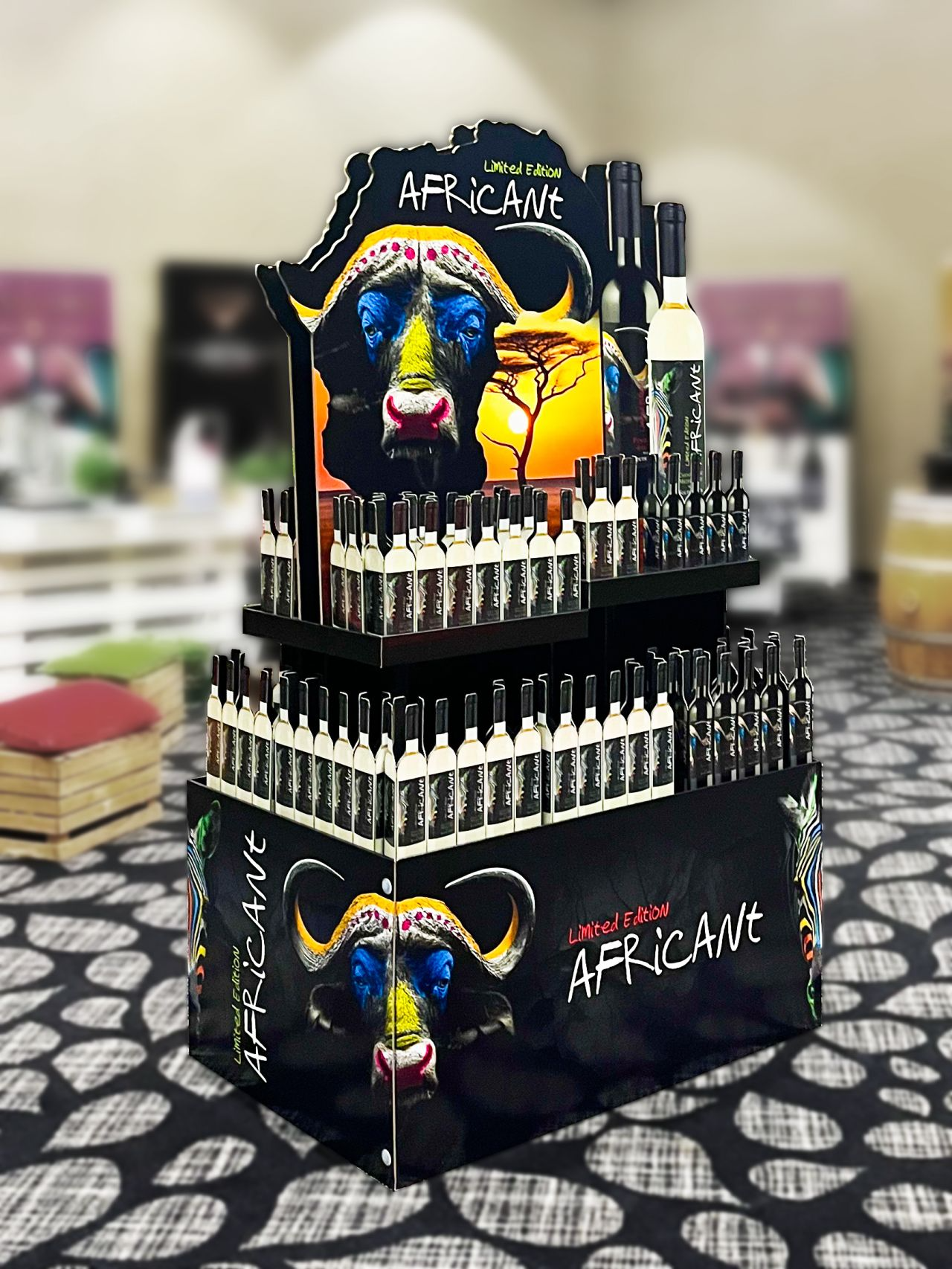
Over my 16 years in this business, I've seen countless displays. Some are incredibly successful, while others fall completely flat. The difference is often in the details and the strategy behind the design. The secret isn't always a complex, expensive structure; sometimes, it's about making things incredibly simple for everyone involved, from the warehouse to the sales floor.
To really understand what works, we need to talk about one of the most common and effective tools in retail marketing. You hear the term all the time if you work with major retailers. Let's start by breaking down exactly what a PDQ is and why it's so important.
What is PDQ in marketing?
You hear acronyms like "PDQ" thrown around in meetings. Not knowing them can make you feel a step behind. Let's clear up this simple but powerful concept.
In marketing, PDQ stands for “Pretty Darn Quick.” It refers to a retail display designed for incredibly fast and easy setup. The main goal is to get products onto the sales floor and in front of customers with almost no effort from busy store employees.
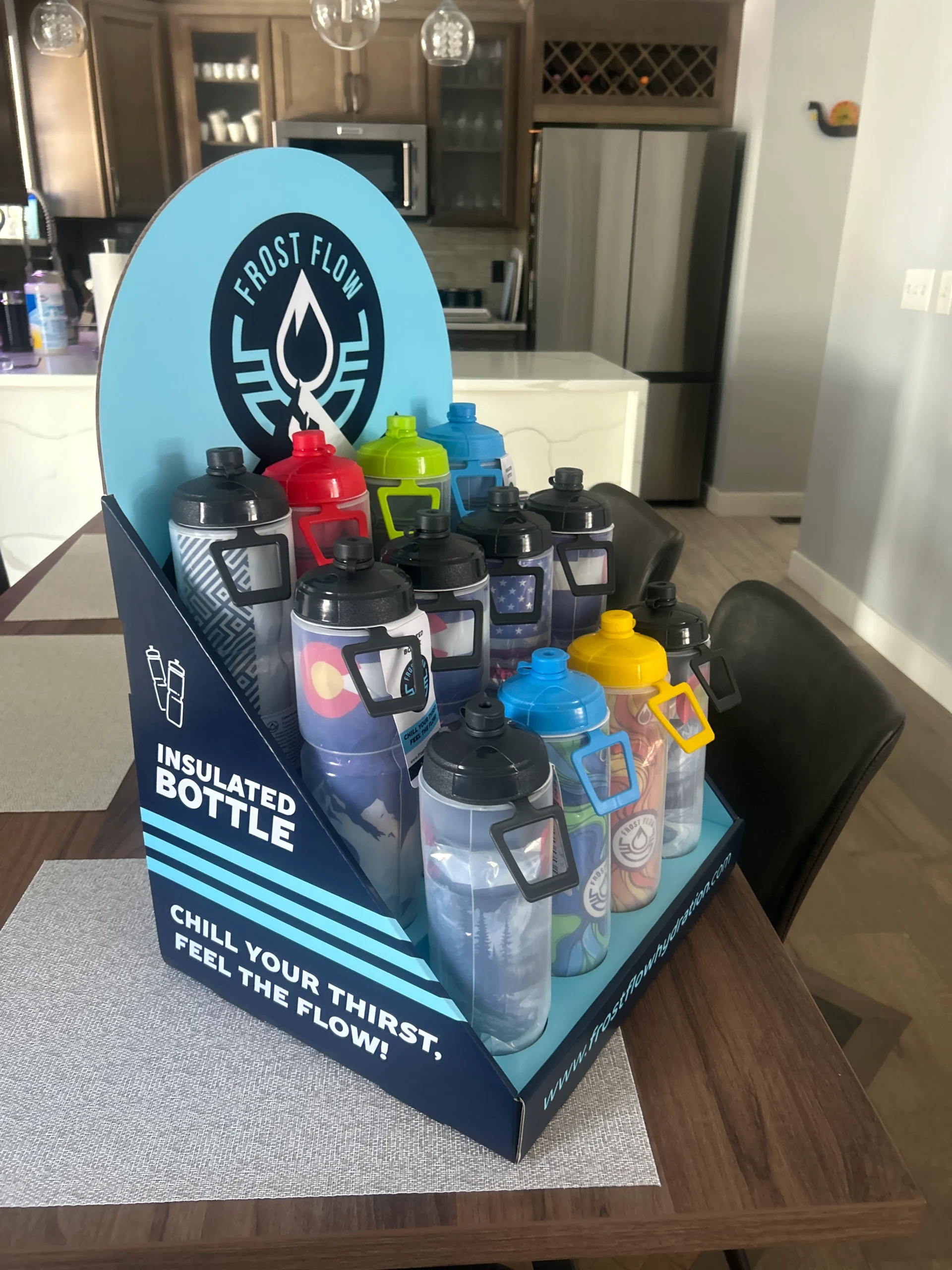
The name "Pretty Darn Quick" tells you everything about its main advantage. In my experience, the biggest challenge for brands is not just designing a great display, but also making sure store staff actually use it correctly. If a display is too complicated, it might end up in the back room, unassembled. The PDQ solves this problem.
The Power of "Quick" in Retail
Retail environments are fast-paced. Store employees have a long list of tasks, and assembling complex displays is low on their priority list. A PDQ is designed to be almost effortless. Often, it's a tray that you just pull out of a shipping box and place directly on the shelf. This simplicity is its greatest strength. A simple setup ensures your product gets on display consistently across hundreds or thousands of stores, which is critical for a national campaign's success.
How PDQ Achieves Marketing Goals
A PDQ is a powerful tool for driving sales at the point of purchase. Here’s how it helps:
| Brand Benefit | Retailer Benefit |
|---|---|
| Increased Visibility: Gets your product out of the crowded main shelf and into its own space. | Easy Stocking: Reduces labor time spent on restocking and setting up promotions. |
| Drives Impulse Buys: Eye-catching graphics encourage unplanned purchases. | Consistent Look: Ensures promotions look professional and uniform across the store. |
| Fast to Market: Perfect for seasonal items or new product launches. | Saves Space: Acts as both shipper and display, reducing backroom clutter. |
I remember a client selling a new energy drink. Their initial display was a multi-part unit that was a nightmare to build. In-store compliance was below 30%. We switched to a simple PDQ tray, and compliance jumped to over 80% almost overnight. Sales followed. Sometimes, the simplest solution is truly the most effective one.
What does PDQ mean at Walmart?
Want to get your product into Walmart? It's a huge opportunity, but their rules can feel like a complex maze. Understanding their language is the first, crucial step to success.
At Walmart, a PDQ (Pretty Darn Quick) display is a very specific type of shelf-ready unit1 that must follow their strict guidelines. These displays arrive at the store already filled with product and are designed to be placed directly onto the shelf, slashing stocking time.
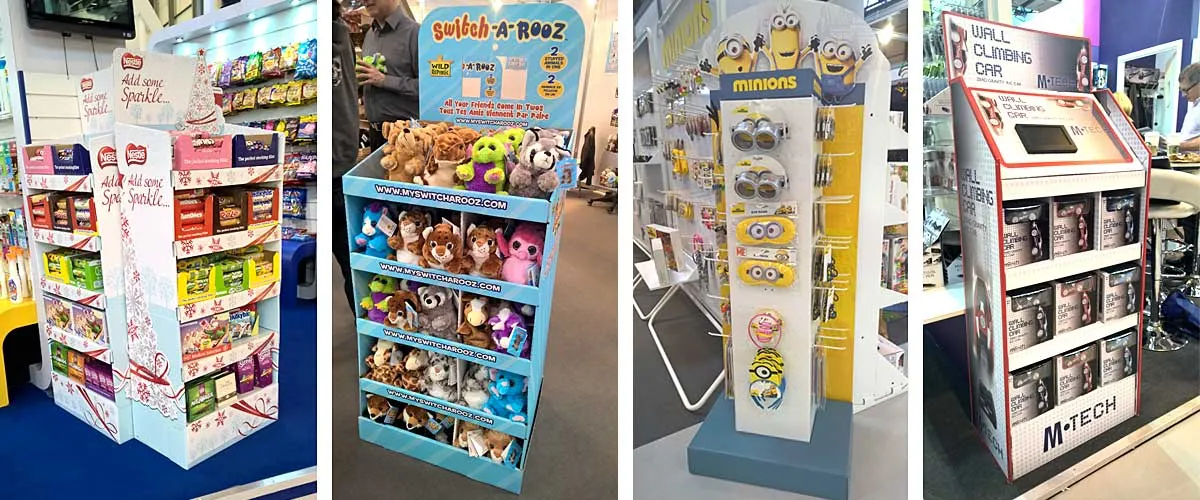
Working with a giant retailer like Walmart is a different game. They prioritize efficiency above all else. Their entire supply chain is built around moving massive volumes of product as quickly as possible. The PDQ is a key part of this system because it removes friction. It eliminates the need for an employee to unbox individual products and place them on the shelf one by one. For Walmart, this time saved, when multiplied across thousands of stores, is enormous.
Decoding Walmart's Rulebook
Walmart provides all its suppliers with a "Supplier Guide2" or "Packaging Guide." If you plan to sell through them, this document is your bible. It outlines every tiny detail they require for displays. They have these rules for good reason:
- Safety: Displays must be stable and not pose a hazard.
- Efficiency: Displays must fit their shelving and be easy to handle.
- Shopability: Customers must be able to easily see and take the product.
- Consistency: Every Walmart store should have a uniform look.
Key Rules for a Walmart PDQ
As a designer, I've spent many hours making sure our clients' displays meet these standards. A small mistake can lead to rejection, which is a costly problem.
| Feature | Requirement | Why it Matters |
|---|---|---|
| Dimensions | Must fit standard Walmart shelf depths and heights precisely. | If it's too big, it won't fit. If it's too small, it looks sloppy. |
| Structural Strength | Must be strong enough to survive shipping and handling without damage. | A crushed display is unsellable and reflects poorly on the brand. |
| Front Lip | The front lip3 of the tray must be low (usually under 1 inch). | Ensures the customer can see the product, not just the packaging. |
| Branding | Must clearly show the brand and product information. | Helps shoppers identify the product quickly. |
| Easy Opening | Must be easy for staff to turn from a shipper into a display without tools. | Complicated designs will be ignored or damaged. |
I once worked on a PDQ for a snack brand. The design was rejected because the side panels were about 5 millimeters too high, slightly obscuring the view of the products in the back. We had to adjust the entire die-line for this tiny detail. That's the level of precision required.
What is PDQ in packaging?
The line between a product's packaging and its retail display can seem blurry. This confusion can lead to designs that don't do either job well. It's best to think of them as one connected system.
In the world of packaging, a PDQ is a clever hybrid. It serves as both the protective shipping container and the final retail display. This dual-purpose design is at the heart of what makes a PDQ so efficient, as it dramatically cuts down on handling and waste.
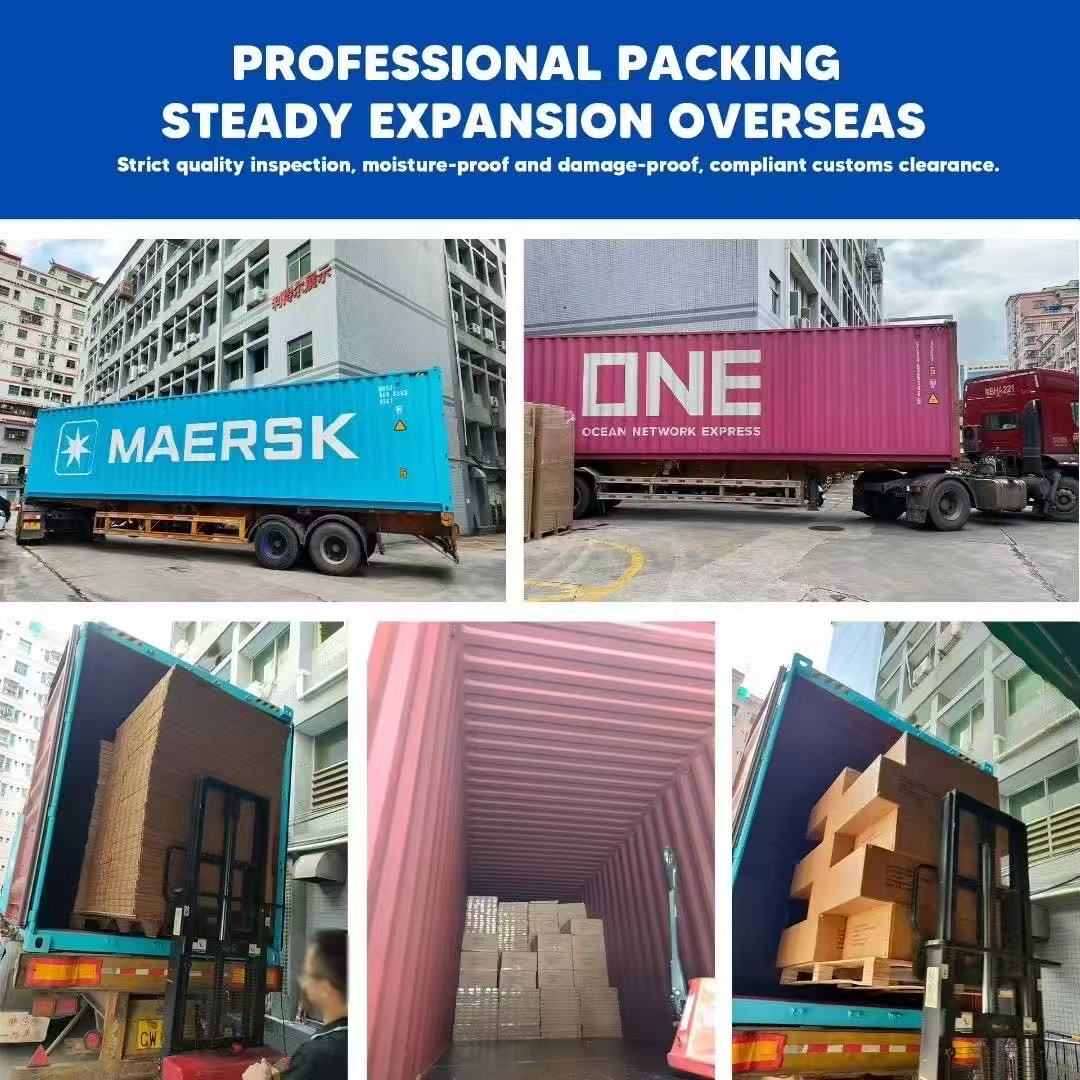
Think of the product's journey. It starts at the factory, travels through distribution centers, and ends up on a store shelf. A PDQ is designed to navigate that entire journey. At the factory, products are packed directly into the display. The unit is then sealed and functions as a standard shipping box. Once it arrives at the retail store, a staff member can quickly convert it into a display, usually by tearing off a perforated panel. This eliminates the need for any secondary packaging that just gets thrown away.
The Shipper-Display Challenge
For a designer, this is a fascinating challenge. The final product has to be two things at once: a rugged box and an attractive display. It needs to be strong enough to be stacked on a pallet and survive the bumps of transit. But it also needs to look great in the store, with clean graphics and an easy-to-shop structure. This is where material choice and structural engineering become so important. We often use stronger corrugated board, like B-flute4, and design clever folds and locking tabs to add strength where needed.
Balancing Strength and Style
The trick is creating something strong that doesn't look bulky. Here’s a breakdown of the dual requirements:
| Shipping Requirement | Display Requirement |
|---|---|
| Stacking Strength5: Must withstand weight from other boxes on top. | Visual Appeal6: Must have high-quality printing and clean lines. |
| Impact Resistance: Must protect the product from drops and bumps. | Easy Access: Shoppers must be able to remove the product easily. |
| Secure Closure: Must stay sealed during transit. | Simple Conversion: Perforations must tear cleanly without tools. |
As a designer, mastering the art of perforation7 is key. A bad perforation7 can be impossible to tear or can rip the graphics, ruining the look of the display. A perfect perforation7, however, makes the conversion process smooth and satisfying for the store employee. It’s these small details that make a PDQ design a success or a failure.
What is PDQ known for?
You know what PDQ means, but what is its reputation in the industry? Understanding its core strengths and weaknesses will help you decide when to use it for your product.
A PDQ display is famous for three things: its efficiency, its low cost, and its power to increase impulse sales8. It's the go-to workhorse for in-store marketing, especially for seasonal promotions, new products, and fast-moving consumer good9s where getting to market quickly is essential.

I think of the PDQ as the sprinter of the display world. It’s designed for short, powerful bursts of sales activity. It’s not meant to be a permanent fixture in the store. Its purpose is to catch the shopper's eye for a specific campaign, drive sales for a limited time, and then be easily disposed of and replaced with the next promotion. This temporary nature is a key part of its strategy and what makes it so different from more permanent displays made of metal, wood, or acrylic.
The Core Strengths of a PDQ
The reputation of the PDQ is built on solid, practical benefits. Brands and retailers love them because they solve real-world problems.
- Efficiency: As we've discussed, they save time and labor for retailers. This makes retailers more likely to approve and use your display.
- Cost-Effectiveness: Made from corrugated cardboard, they are much cheaper to produce than permanent displays. This allows brands to run more frequent promotions without a huge budget.
- Sales Lift: By securing placement away from the main shelf (like on an endcap10 or at a checkout), PDQs make a product more visible, directly leading to higher sales.
Choosing the Right Tool for the Job
A PDQ is a fantastic tool, but it's not right for every situation. Choosing the correct display type is critical for your brand's image and sales goals.
| Use a PDQ When... | Avoid a PDQ When... |
|---|---|
| You are running a short-term or seasonal campaign11. | You are selling a luxury product that needs a premium feel. |
| Your product is a fast-moving consumer good9 (candy, snacks, cosmetics). | Your product is very heavy and needs a permanent, super-strong fixture. |
| You are launching a new product and want to test the market. | Your goal is long-term brand presence in a single spot. |
| Your budget is limited. | Your brand identity is tied to materials like wood, metal, or glass. |
I always advise my clients to match the display to the product's value. For a Halloween candy promotion, a colorful PDQ is perfect. But for a high-end $100 face cream, a cardboard tray can cheapen the brand's image. In that case, a more permanent counter unit is a much better investment. It's all about using the right tool for the job.
Conclusion
Successful cardboard displays, especially PDQs, show that simplicity and understanding retailer needs are key. Smart planning is what ultimately grabs attention and drives real sales in a busy store.
-
Shelf-ready units simplify stocking and ensure your product is quickly available to shoppers. ↩
-
The Supplier Guide is essential for meeting Walmart's requirements and avoiding costly display rejections. ↩
-
A well-designed front lip improves product visibility and accessibility, enhancing the shopping experience. ↩
-
B-flute offers a balance of strength and print quality, making it ideal for attractive, durable displays. ↩
-
Proper stacking strength prevents product damage during transit and storage, protecting your investment. ↩
-
Visually appealing displays attract more attention and can significantly increase product sales. ↩
-
Good perforation design ensures smooth conversion from shipping box to display, saving time and effort. ↩ ↩ ↩
-
Displays designed for impulse sales can boost revenue by encouraging unplanned purchases. ↩
-
Understanding how to display FMCGs can help you move inventory quickly and increase profits. ↩ ↩
-
Endcap displays are high-traffic areas that can dramatically improve product visibility and sales. ↩
-
Seasonal campaigns with the right displays can capitalize on trends and boost short-term sales. ↩




